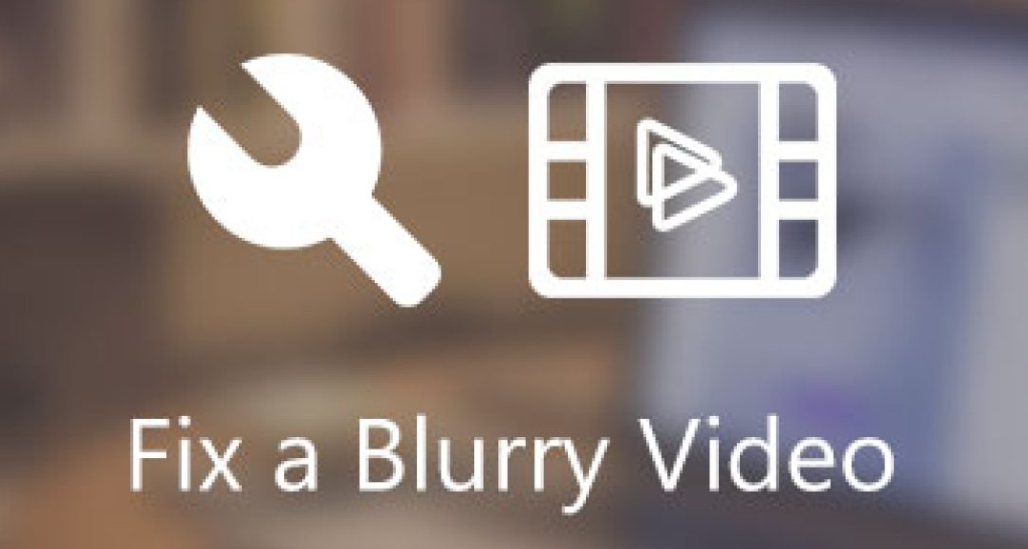Top 5 Ways to Unblur a Video

Tim Hubert
4/23/2024
Blurry videos can be frustrating, especially when you want to enjoy high-quality content. Whether it's a cherished memory captured on your smartphone or a video you found online, blurriness can ruin the viewing experience. Fortunately, there are several methods available to unblur and enhance your videos. In this post, we'll explore the top 5 ways to unblur a video, with the first being our AI-powered Video Enhancer that can upscale videos up to 4K resolution with just a few clicks.
1. ClipMove.com AI Video Enhancer
The first and most straightforward method on our list is the ClipMove.com AI Video Enhancer. This cutting-edge tool utilizes artificial intelligence to upscale and enhance the quality of your videos, allowing you to unblur and sharpen the footage with just a few clicks. With the ability to upscale videos up to 4K resolution, our AI Video Enhancer can transform even the blurriest videos into crisp, high-definition masterpieces.
2. Implement Advanced Deblurring Algorithms
If you're a programming enthusiast and have a deep understanding of computer vision and image processing, you could attempt to implement advanced deblurring algorithms yourself. This method involves developing complex mathematical models and algorithms to analyze and reconstruct the original, sharp image from the blurred input.
One popular approach is to use blind deconvolution techniques, which aim to estimate the blur kernel and the sharp image simultaneously. This can be achieved through iterative optimization methods, such as the Richardson-Lucy algorithm or the Wiener filter. However, implementing these algorithms from scratch can be a daunting task, requiring a deep understanding of signal processing, optimization techniques, and computational resources.
Another approach is to use sparse coding techniques, which represent the sharp image as a sparse linear combination of basis functions or dictionary elements. This method involves solving an optimization problem to find the sparse representation that best matches the blurred image. However, this approach can be computationally intensive and may require specialized hardware or parallel computing resources.
3. Train a Custom Deep Learning Model
Another option for the technically inclined is to train a custom deep learning model for video deblurring. This method involves collecting a large dataset of blurred and sharp video pairs, preprocessing the data, and training a deep neural network to learn the mapping between blurred and sharp frames.
One popular architecture for this task is the U-Net, which is a convolutional neural network designed for image-to-image translation tasks. However, training a deep learning model from scratch can be a complex and time-consuming process, requiring significant expertise in deep learning, access to powerful computing resources, and a substantial amount of time and effort to gather and prepare the training data.
Additionally, you may need to implement advanced techniques such as transfer learning, data augmentation, and model ensembling to achieve optimal performance. These techniques can further increase the complexity of the training process and require a deep understanding of the underlying algorithms and their implementation details.
4. Develop a Hybrid Approach with Multiple Techniques
For those seeking a more comprehensive solution, you could develop a hybrid approach that combines multiple techniques, such as traditional image processing algorithms, deep learning models, and advanced optimization methods. This approach aims to leverage the strengths of different techniques to achieve superior deblurring results.
One possible implementation could involve using a deep learning model to estimate the blur kernel, followed by applying non-blind deconvolution techniques like the Richardson-Lucy algorithm or the Wiener filter to recover the sharp image. However, this approach requires a deep understanding of various fields, including computer vision, signal processing, optimization, and machine learning, making it an extremely complex and challenging undertaking.
Additionally, you may need to implement techniques for model fusion or ensemble learning to effectively combine the outputs of different models or algorithms. This can involve complex decision-making processes, weighting schemes, or meta-learning approaches, further increasing the complexity of the solution.
5. Implement Parallel Computing for Real-Time Deblurring
If you're working with real-time video streams or have strict performance requirements, you could explore implementing parallel computing techniques for video deblurring. This method involves leveraging multiple processors or GPUs to distribute the computational load and accelerate the deblurring process.
One possible implementation could involve using CUDA or OpenCL to offload the deblurring computations to the GPU. However, this approach requires expertise in parallel programming, distributed systems, and high-performance computing, as well as access to specialized hardware resources.
Additionally, you may need to implement advanced techniques such as task parallelism, data parallelism, or hybrid parallelism to achieve optimal performance. These techniques can involve complex synchronization mechanisms, load balancing strategies, and memory management techniques, further increasing the complexity of the solution.
Furthermore, you may need to optimize your code for specific hardware architectures, taking into account factors such as memory access patterns, thread divergence, and instruction-level parallelism. This can involve low-level programming techniques, assembly-level optimizations, and a deep understanding of the underlying hardware architecture.
In summary, while there are various methods available to unblur videos, most of them require significant technical expertise, computational resources, and time investment. Our AI-powered Video Enhancer at ClipMove.com offers a simple and effective solution that can upscale and enhance your videos up to 4K resolution with just a few clicks, making it the most convenient and accessible option for most users.
